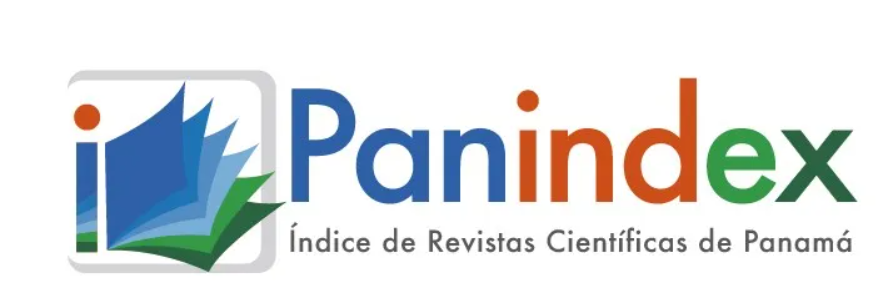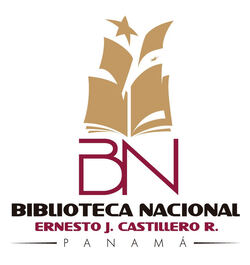The content of the publications and the links suggested in them are the sole responsibility of the authors and not of the Metropolitan University of Education, Science and Technology (UMECIT) or of the journal ORATORES. They are protected by international copyright laws as well as the logos of UMECIT AND ORATORES, hence their reproduction is totally prohibited.
This work is licensed under a Creative Commons Attribution-NonCommercial-NoDerivatives 4.0 International License.
The authors maintain the copyright and transfer the right of the first publication to the journal, with the article registered with Creative Commons Attribution-NonCommercial-NoDerivatives License, which allow others They can download the works published in this magazine and share them with other people, as long as their authorship is recognized, but they cannot be changed in any way nor can they be used commercially.
Authors are recommended to include their work in social networks such as Researchgate and institutional repositories once the article or visible fact has been published on the journal page, without forgetting to include the digital document identifier and the name of the journal.



Abstract
Keywords
References
Constitución Política de la República de Colombia (2005). Bogotá: Legis.
OMS, Banco Mundial. (2011). Informe mundial sobre discapacidad. Malta: World Health Organization.
ONU. (2009). Derecho a la educación de las personas con discapacidad en América Latina y el Caribe. Informe para la Comisión Interamericana de Derechos Humanos. Naciones Unidas.
Sarmiento (2010) La investigación como herramienta de capacitación de docentes para la integración al aula de niños con dificultades. Psykhe, 9(1), 27-37.
UNESCO. (2007). Documento de discusión sobre políticas educativas en el marco de la II Reunión Intergubernamental del Proyecto Regional de Educación para América Latina y el Caribe (EPT/ PRELAC). Buenos Aires: UNESCO.
UNESCO. (2011). La Educación inclusiva: el Camino hacia el Futuro. Conferencia Internacional de Educación. Cuadragésima oc- tava reunión. Ginebra: UNESCO https:l/www.abece-de-la-discapacidad
Páginas web: Discapacidad.aspx
https://www.minsalud.gov.co'>https://www.minsalud.gov.co articles-85960_archivo_pdf
https://www.minsalud.gov.co'>https://www.minsalud.gov.co articles-320765_Pdf 2
Downloads
Publication Facts
Reviewer profiles N/A
Author statements
- Academic society
- Universidad Metropolitana de Educación, Ciencia y Tecnología
- Publisher
- Universidad Metropolitana de Educación, Ciencia y Tecnología



















